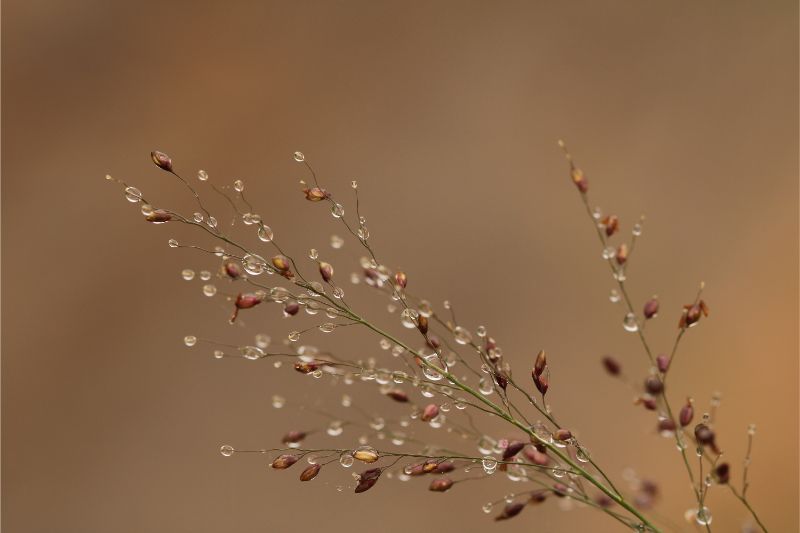Sand Lovegrass
(Eragrostis trichodes)
Sand Lovegrass is a vigorous, long-lived, native bunchgrass that grows on sandy soils of the central and southern parts of the Great Plains. Plants normally grow to 3 to 6 feet. The elongated seed heads are sometimes half as tall as the plant and have a distinctive purple color. The slightly hairy leaf blades are 1/ 4 inch wide and about 12 inches long. Leafy foliage, primarily basal (arising from the base of a stem), is abundant. Roots are vigorous, spreading, and deeply penetrating, and therefore of value in conservation uses.
Plants begin growth very early in the spring and remain green until late fall. It is generally considered one of the most palatable and nutritious of the range grasses, and frequently it suffers from continuous overuse.
Successful plantings of Sand Lovegrass have been made on most soil types. The species may be seeded alone or in mixture with other adapted grasses. It is rarely a dominant portion of the composition. Sand Lovegrass is easily established from seed and volunteers aggressively.

General Characteristics
| Growth Type: | Bunch |
| Life Span: | Perennial |
| Growing Season: | Warm Season |
| Native/Introduced: | Native |
| Plant Height: | 3-6 feet |
| Cold Tolerance: | Good |
| Drought Tolerance: | Good |
| Salt Tolerance: | Poor |
| Soil Type: | Sandy Loam - Clay |
| Minimum Rainfall: | 10 inches |
| Planting Rate: | 1-2 pls# |
| Planting Date: | Dec. - June |
| Seed Type: | Smooth - Hard |
| Uses: | Grazing, Wildlife Habitat, Erosion Control, Reclamation |
